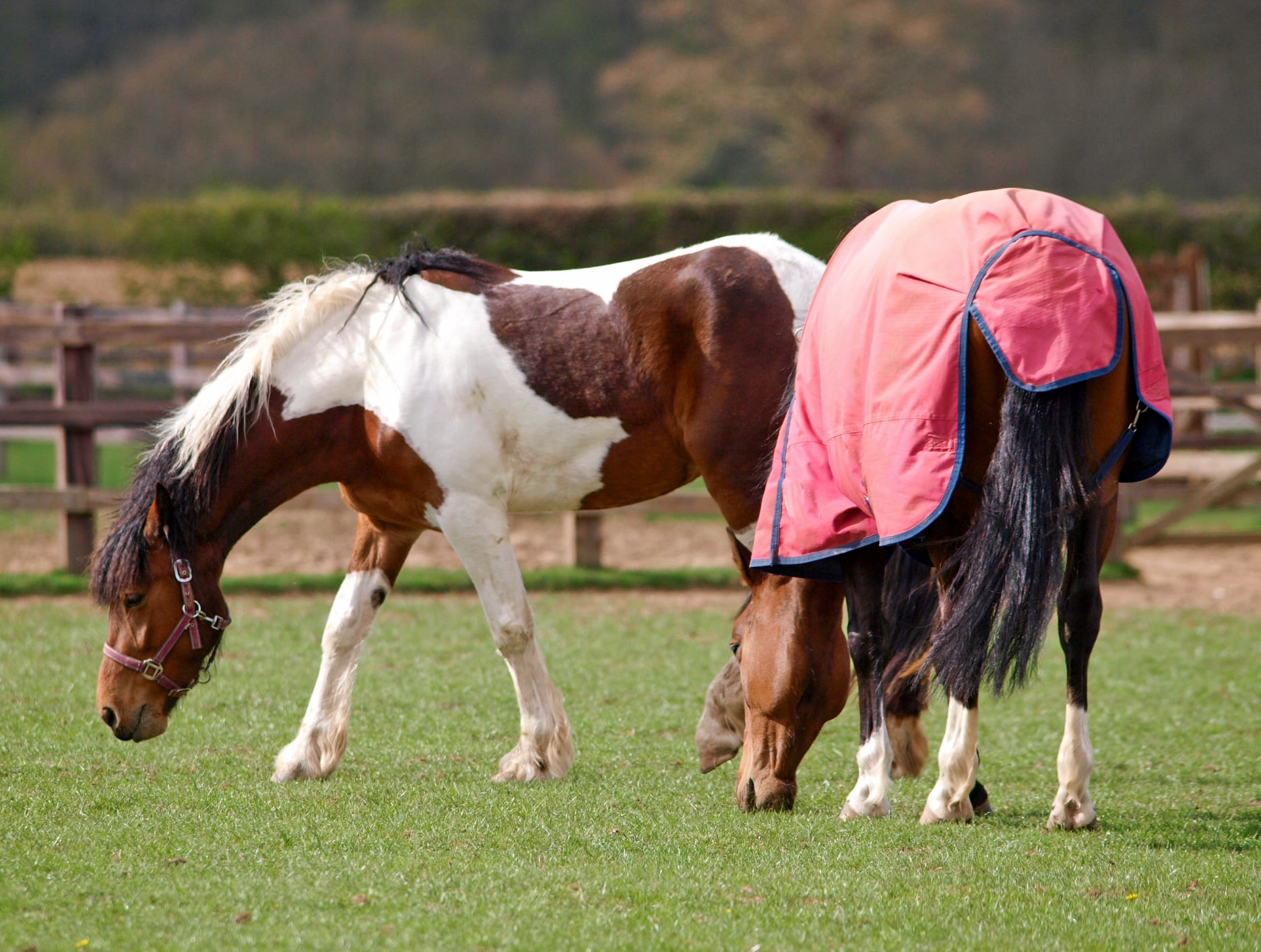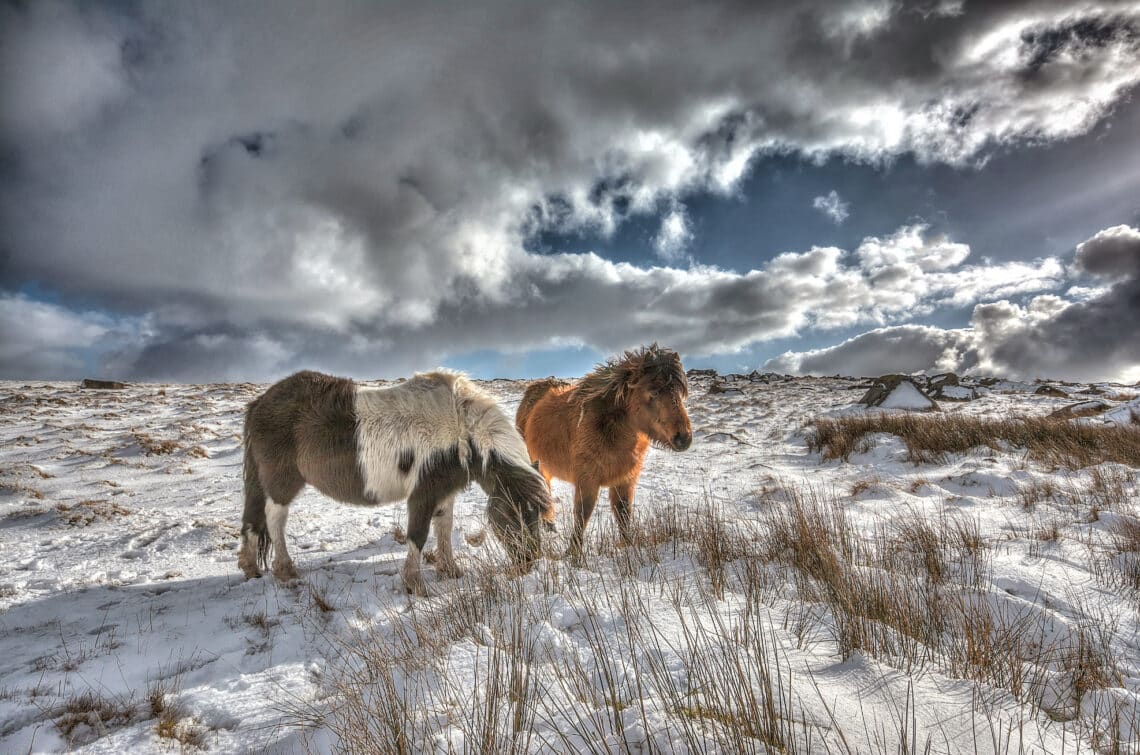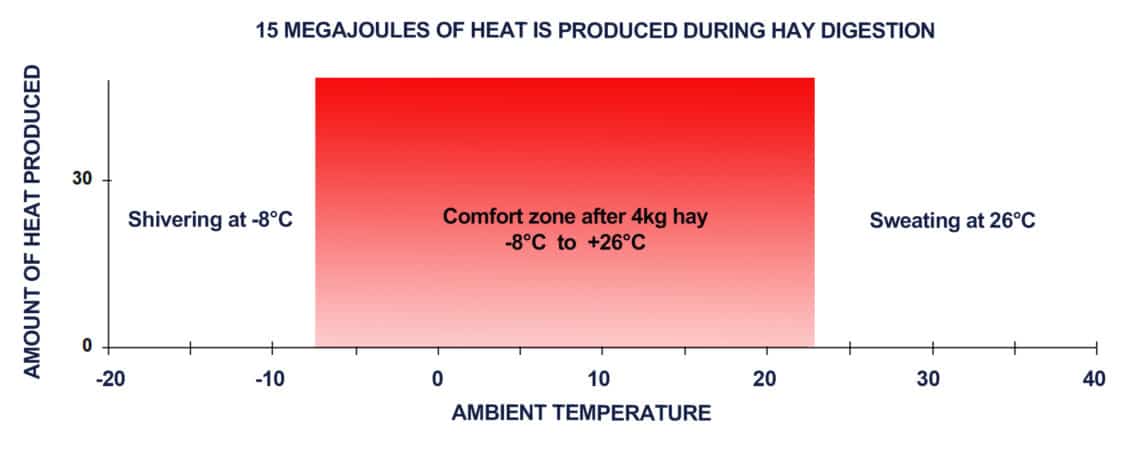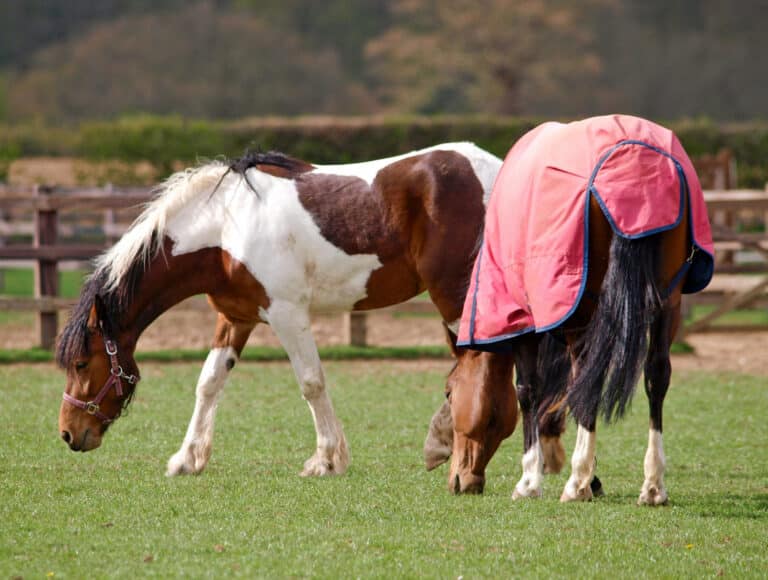
Rugging? Yes, no, or maybe?
There’s a lot of uncertainty around whether or not we should rug our horses. Dr JENNIFER STEWART has some insightful thoughts on the issue.
Thinking we’re doing the right thing for our horses, the temptation to rug them up during cold weather can be overwhelming. Indeed, the results of a year-long survey published in 2023 and involving over 2,500 horses in all the states of Australia, found almost 85 per cent of us rug our horses.
However, the survey also found that most owners were unsure whether horses needed to be rugged at all, and that nearly 90 per cent felt ‘over-rugging’ was a concern.
In another study in Norway in 2019, horses were trained to communicate their preferences for wearing a rug and these often differed to the rugging routines of the owners.
Horses are very adaptable to temperature variation, and are able to thrive in tropical to subarctic climates. Factors affecting their ability to keep a constant body temperature (37°C to 38.5°C) are air temperature, sunlight, humidity, precipitation (rain) and wind velocity – with air temperature having the major effect. Characteristics individual to each horse, such as body condition, coat thickness, age and breed, also influence cold tolerance.

Behavioural adaptations
When conditions are cold, wet and/or windy, horses have several behavioural adaptations that conserve body heat: standing with their heads away from the wind, tails set low and into the wind; shelter-seeking; huddling; reducing the time they spend grazing and moving; and changing their standing position according to the movement of the sun.
In yearlings who have become acclimatized to the cold, increased play activity during cold weather boosts their muscle temperature. In winter, density of the hair coat increases by up to 45 per cent, hair depth by over 30 percent, and blood vessels in the skin contract to reduce leg skin temperature and heat loss.
Ponies evolved in colder conditions and to conserve energy they have a unique ability to reduce their metabolic rate and core body temperature at nighttime. Periodic shunting of blood to and from the hooves is another adaptation and helps combat tissue damage in horses standing in snow and ice.
The thermoneutral zone
The temperature range in which animals need neither to lose heat by sweating nor to generate heat by shivering, is called the thermoneutral zone (TNZ). For us, the TNZ is between 26°C and 33°C; for horses it is between 5°C and 25°C. This means horses don’t begin to feel cold until the air temperature is less than 5°C, which is way below our comfort zone. So, you their owner, will feel cold well before your horse does, but your horse may feel hot before you do.
Comparing the TNZ to the forecasted weather is a good guide to rugging. The wide range of climate zones in Australia means the need for rugging varies geographically. Weather conditions are often difficult to predict and may change substantially and quickly within the same day. Hence, it can be difficult for horse owners to know how to best protect their horse when turned out under such conditions.

Research carried out at the University of Sydney describes the zones and associated temperature ranges and provides insights into how to decide on the number, types and practices for optimum rug use. For those of you who want to delve deeper into this topic, the research findings are freely available online.
Heat production
Feeding roughage increases heat production and metabolism by up to 10 to 20 per cent, and can reduce the need for rugging in Australia. Most body heat is generated by the digestion of food. Heat liberated during digestion makes the horse warm on the inside and hence they can tolerate colder outside temperatures. By increasing heat produced during digestion we can reduce the amount of shivering, help horses maintain condition over winter, and minimise feed costs. Different feeds release different amounts of heat and we can make use of this to adjust the diet so it is more appropriate for cold conditions.
Of the energy in meadow hay, 66 per cent is converted to heat during digestion, in lucerne hay 42 per cent, and in oats and corn 32 per cent and 20 per cent respectively. The heat generated by hay digestion allows horses to be comfortable from minus 8°C to 26°C (see Diagram 1).
For and against
Rugs protect against the wind and help to keep the hair coat dry, reducing the cooling effects of wind and rain. Older horses can have problems fine-tuning body temperature as hair coat quality and thickness of fat layers change with age, making a horse’s age an important individual factor to be considered. On the negative side, rugs can reduce vitamin D levels, interfere with free exercise even if they fit well, can cause skin soreness, and can cover preferred sites for social grooming. And because in cold weather the coat stands on end to trap in heat, rugs can flatten the hair, reduce its mobility, and thus its ability to keep the horse warm.
Coat length is another reason why owners rug their horses – but shedding and hair regrowth is mainly regulated by the length of daylight hours. Although nearly 85 per cent of owners rug their horses, nearly 70 per cent feel uncertainty about whether rugs should or should not be used in Australia.
The problem with perception
The perceptions and common practices of many Australian owners are not in line with the horse’s natural thermoregulation, and horses may have preferences that differ from what the owner thinks is best! Ongoing studies in Norway have shown this is often the case and have developed a method that allows us to ‘ask’ our horse whether they wish to be rugged or not. Again, if you want to delve deeper into the topic, this link will take you to the research paper in its entirety.
The principles of learning are increasingly being implemented in equitation. Horses have a remarkable, in fact amazing ability to learn and obey signals given by humans. They can discriminate between visual cues and learn the relevance of one choice over another.
Examples include using mazes and more complex labyrinths to test acceptance or avoidance of the roll-kür riding style (which refers to a controversial training method in which the horse’s neck is flexed into an extreme position), preference for shorter or longer riding bouts, and in the recent Scandinavian research, a tool was developed to ‘ask’ horses whether or not they preferred to wear a rug under different weather conditions.
Ask your horse
When horses were taught to touch visual symbols to communicate their preference between the ‘rug on’ or the ‘rug off’, all the horses signalled that they preferred to be without a rug on summer days with no rain, and that they wanted the blanket on when it was continuously rainy, windy and chilly. The horses used their new insight to communicate their preference regarding rugging to obtain or maintain thermal comfort, based on their individual perception of weather. If you’d like to work with your horse to find out whether they want to have a rug on or not, the method is described here.
There are several great resources that offer advice and information applicable to your local conditions. The RSPCA has detailed information on rugging, as does Pony Club Australia, and from the UK, The Grooms List has some excellent guidelines on rugging for colder conditions.
Dr Jennifer Stewart BVSc BSc PhD is an equine veterinarian, CEO of Jenquine and a consultant nutritionist in Equine Clinical Nutrition.
All content provided in this article is for general use and information only and does not constitute advice or a veterinary opinion. It is not intended as specific medical advice or opinion and should not be relied on in place of consultation with your equine veterinarian.



